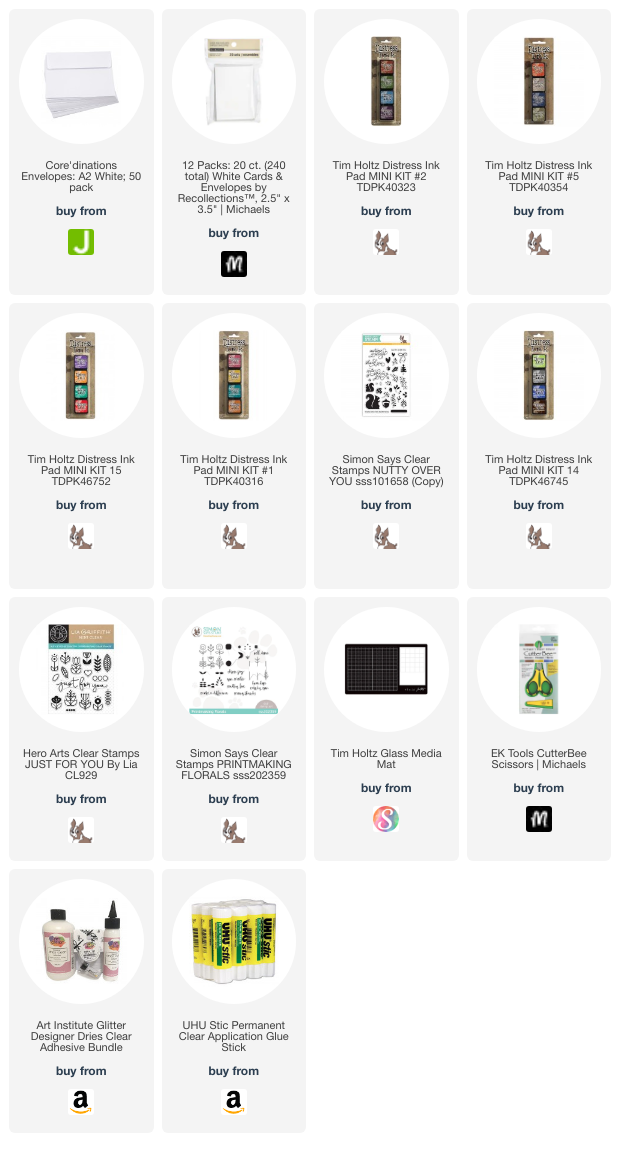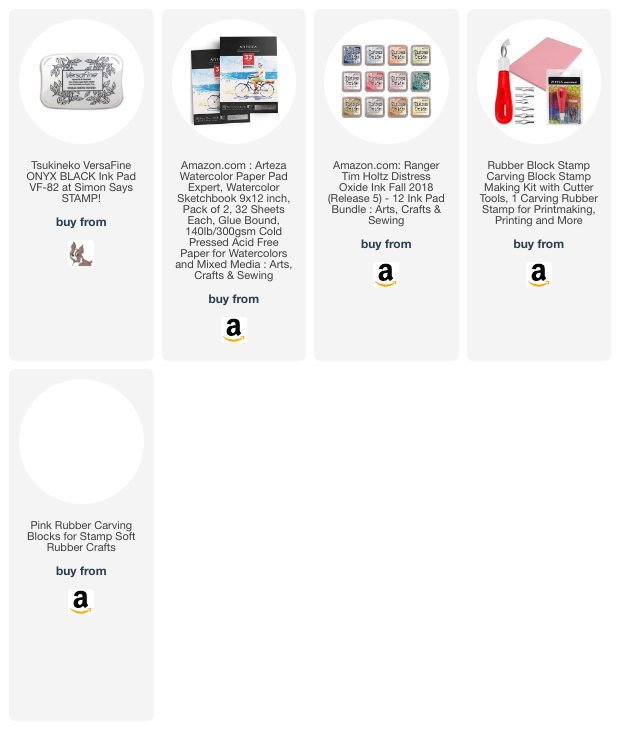Dive into the World of Mushroom Mixed Media - Stamping, Coloring, and More!
1. Stamping Mushrooms for Intricate Layers and Patterns
- What You’ll Need: Mushroom stamps, ink pads in various colors, acrylic blocks, embossing powder (optional).
- Technique: Stamping is an easy way to create quick, detailed mushroom shapes in your layout. Choose a mix of mushroom stamps to add variety to your art. Start by stamping with ink pads for a colorful base, then experiment with embossing powder for added texture and shine.
- Tips: Try stamping on vellum or tracing paper to create a layered, translucent effect that mimics the natural world’s softness. These layers can be glued over other elements to create depth.
you can watch the full video tutorial here
2. Coloring Mushrooms: Experiment with Different Mediums
- What You’ll Need: Watercolors, colored pencils, markers, or acrylic paint.
- Technique: Coloring lets you explore the beauty and diversity of mushroom species, from earthy tones to vibrant reds and purples. Watercolors are great for soft, blended effects, while acrylics or markers give a bolder, saturated look. Try blending multiple colors to mimic the gradient effect often seen on mushroom caps.
- Tips: For a realistic look, layer your colors gradually. Start light and build up to deeper shades. Colored pencils can add fine details, such as the spots and striations on mushroom caps.
3. DIY Mushroom Paper: Create Custom Backgrounds
- What You’ll Need: Fresh or dried mushrooms, paper pulp, blender, water, screen frame.
- Technique: Making your own paper with mushrooms is a fantastic way to bring a natural, earthy texture into your artwork. Blend mushrooms with paper pulp to create a unique paper base. Pour the pulp mixture onto a screen frame, spread it out, and let it dry to create a textured background.
- Tips: Press leaves, dried flowers, or thin mushroom slices into the pulp for extra texture and visual interest. Use this handmade paper as the background for your layout, or cut it into smaller shapes to layer into your artwork.
4. Creating Layered Mixed Media Layouts
- What You’ll Need: Gesso, gel medium, washi tape, brushes, stencils, mushroom-inspired stamps, and your handmade mushroom paper.
- Technique: To pull everything together, start by preparing a blank canvas with a coat of gesso. Then, start layering your elements: stamped mushrooms, handmade mushroom paper, washi tape, and stencils for added dimension. Use gel medium to adhere various layers, and experiment with positioning different textures and colors.
- Tips: Balance smooth and rough textures, matte and shiny surfaces, and neutral and bright colors. Let each layer dry fully before adding the next for a polished, professional look.
Conclusion:
Exploring mushrooms in mixed media opens up so many creative possibilities. Whether you’re stamping, coloring, making your own paper, or layering different elements, each technique brings a unique flair to your work. With a little inspiration and some experimentation, you can create a mixed-media piece that captures the beauty and mystery of mushrooms.
Happy creating, and don’t forget to let your imagination grow! 🍄✨
Follow me on Instagram, Facebook, Pinterest, and YouTube,!
I get asked a lot about where to purchase the supplies I use in my videos and blog posts. I list all the supplies I use at the end of my posts (below)
.jpg)
.jpg)
.jpg)




.jpg)












































